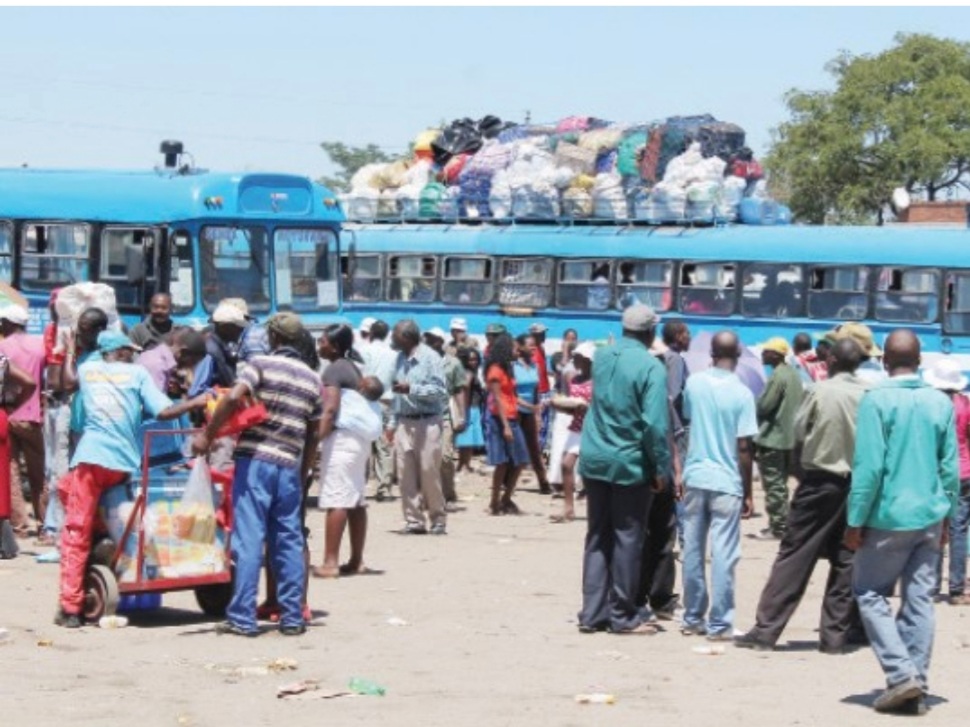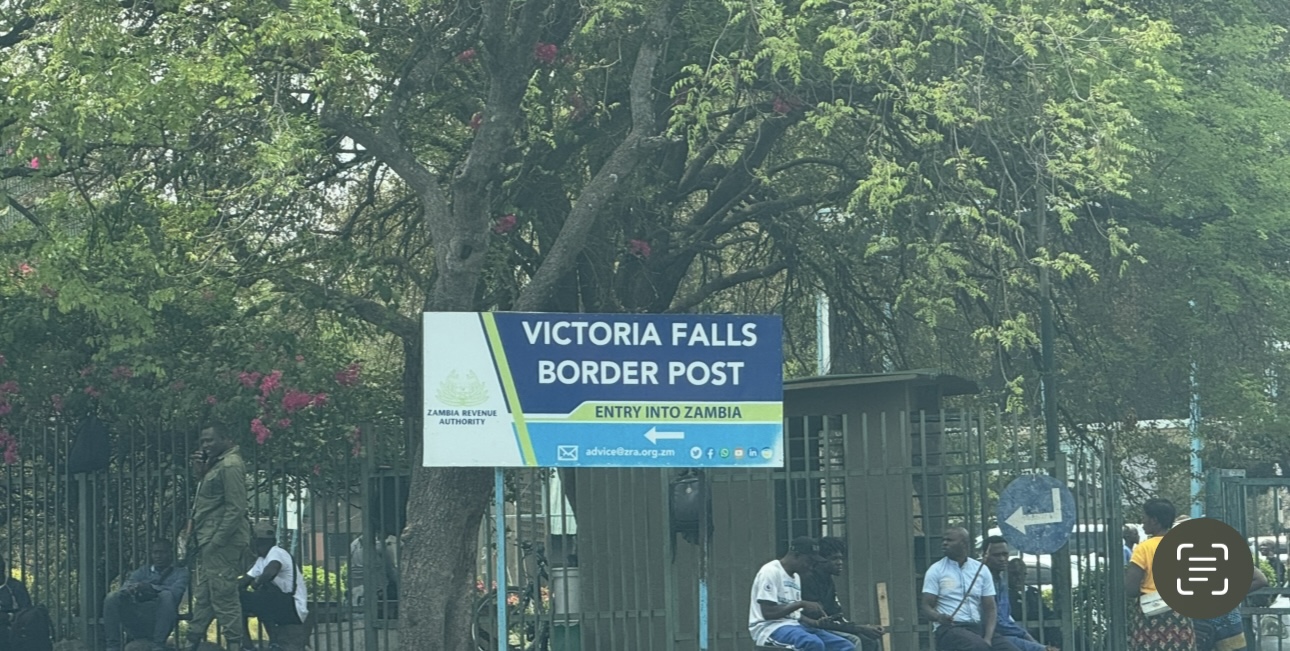BY EMMA RUMNEY
JOHANNESBURG – This close to Christmas, the undercarriage of Augustin Chibaya’s bus would normally be packed with the belongings of Zimbabweans heading home from South Africa to see their families.
Instead, it’s empty, and he and his missing passengers are struggling.
When South Africa became the second country to identify the new Omicron coronavirus variant in November, after Hong Kong, Zimbabwe imposed 10-day quarantine in government-approved facilities on arrivals from its neighbour, at their own cost.
That ruled out travel for poorer Zimbabweans, who cross the border in large numbers in search of work, and dashed the hopes of bus drivers like Chibaya for a bumper festive season after the Covid-19 pandemic shut the borders for much of 2020.
“Look, no business,” Chibaya (37), told Reuters, gesturing into the empty cargo hold.
Just a handful of suitcases stood ready for loading nearby.
“This quarantine, this is Covid killing our business.”
Many countries have imposed travel bans on southern Africa with the avowed aim of trying to protect their populations from Omicron by minimising imported cases, although some have since lifted them.
The World Health Organisation has said pushing countries for identifying variants is dangerous and scientists say such restrictions have little impact once Omicron starts to spread inside a country’s borders.
Zimbabwe, which is itself on international travel ban lists, recorded 50 infections with the highly transmissible Omicron variant on December 3 and then sharp rises in Covid-19 infections.
In mid-December, the government extended the quarantine requirement for two more weeks.
A government spokesperson was not immediately available for comment on criticism of the restrictions.
While there are no reliable figures for the number of Zimbabweans in South Africa, some 200,000 live there on a special permit for asylum seekers alone.
Chibaya’s firm would normally send four buses a day to Zimbabwe in December, each carrying up to 60 passengers on the two-day trip.
Now it sends one, some times with as few as five people on board, he said.
He and other drivers at a central Johannesburg bus station said the loss of business had made it hard for them to support their families.
Many Zimbabweans like Munashe Chikomo were hoping to make their first trip home since the start of the pandemic.
The 30-year-old Cape Town-based marketing manager last visited his parents and younger brothers in February 2020 and now feels locked out of his own country.
“It was horrible,” he said of learning he couldn’t go. “You can’t restrict us from coming home.” – Reuters

 Slider3 years ago
Slider3 years ago
 National4 years ago
National4 years ago
 Tourism and Environment4 years ago
Tourism and Environment4 years ago
 Opinion4 years ago
Opinion4 years ago
 Special reports4 years ago
Special reports4 years ago
 National4 years ago
National4 years ago
 National3 years ago
National3 years ago
 National3 years ago
National3 years ago



